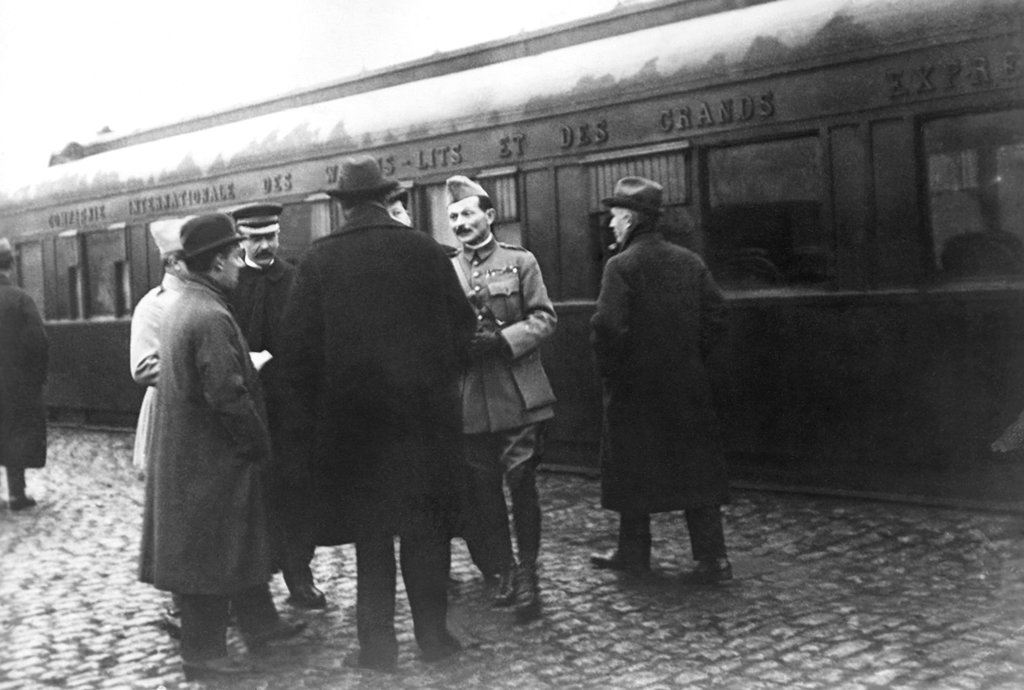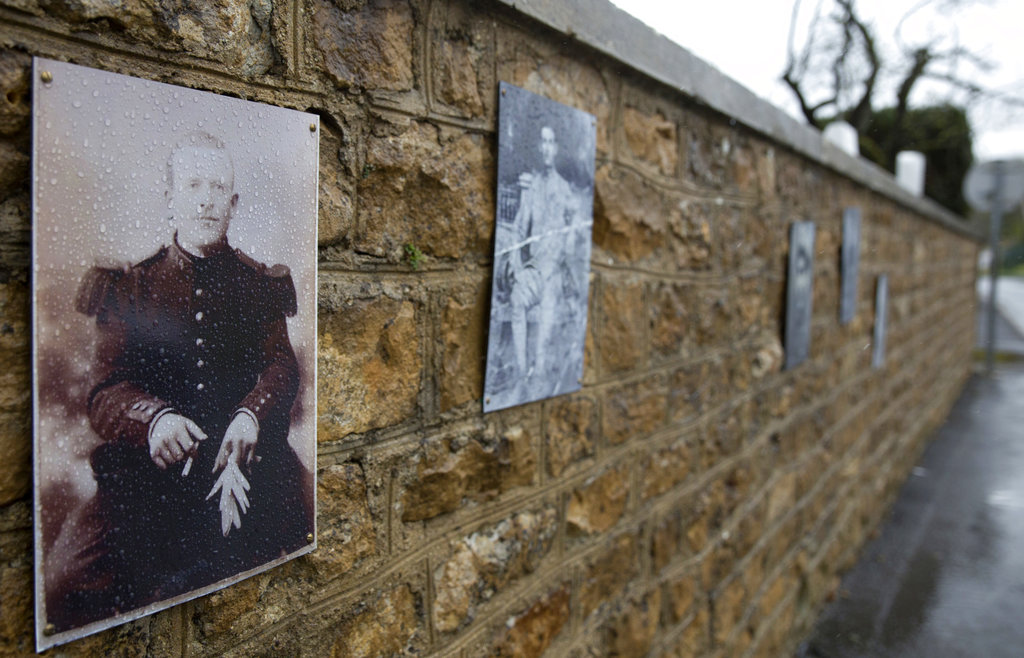Augustin Trebuchon is buried beneath a white lie.
His tiny plot is almost on the front line where the guns finally fell silent at 11 am on the 11th day of the 11th month in 1918, after a four-year war that had already killed millions.
A simple white cross says: “Died for France on Nov. 10, 1918.”
Not so.
Like hundreds of others along the Western Front, Trebuchon was killed in combat on the morning of November 11 — after the pre-dawn agreement between the Allies and Germany but before the armistice took effect six hours later.
His death at almost literally the eleventh hour only highlighted the folly of a war that had become ever more incomprehensible to many in nations drawn into the first global conflict.
Before November 11, the war had killed 14 million people, including 9 million soldiers, sailors and airmen from 28 countries. Germany came close to a quick, early victory before the war settled into hellish trench fighting. One battle, like the Somme in France, could have up to 1 million casualties. The use of poison gas came to epitomise the ruthlessness of warfare that the world had never seen.

The grave of World War I Canadian soldier Pvt George Lawrence Price at the St Symphorien Cemetery near Mons, Belgium. AP
For the French, who lost up to 1.4 million troops, it was perhaps too poignant — or too shameful — to denote that Trebuchon had been killed on the very last morning, just as victory finally prevailed.
“Indeed, on the tombs it said ‘Nov. 10, 1918,’ to somewhat ease the mourning of families,” said French military historian Nicolas Czubak.
There were many reasons why men kept falling until the call of the bugler at 11 am: fear that the enemy would not abide by the armistice, a sheer hatred after four years of unprecedented slaughter, the ambition of commanders craving a last victory, bad communications, the inane joy of killing.
As the hours ticked down, villages were taken, attacks were thwarted with heavy losses and rivers were crossed under enemy fire. Questions remain whether the gains were worth all the human losses.
Historian Joseph Persico estimated the total dead, wounded and missing on all sides on the final day was 10,900.

In this photo from November 1918, German and French delegations wait in Rethondes for the start of the train to the Armistice conference in the Forest of Compiegne, France. AP
US Gen. John J. Pershing, who had been bent on continuing the fighting, even had to explain to Congress the high number of last-day losses.
Other nations also were not spared such casualties.
With two minutes to go, 25-year-old Canadian Pvt. George Lawrence Price was slain by a German sniper.
About 250 km away in France, a 23-year-old American, Henry Gunther, was killed by German machine-gun fire one minute before the armistice.
Trebuchon, 40, also was shot minutes before the cease-fire. He was running to tell his comrades where and when they would have a meal after the armistice.
All three are considered their nations’ last men to fall in active combat.










